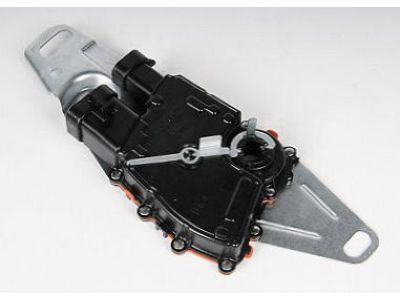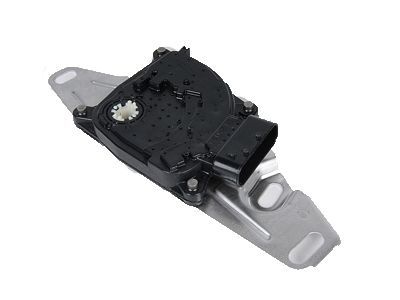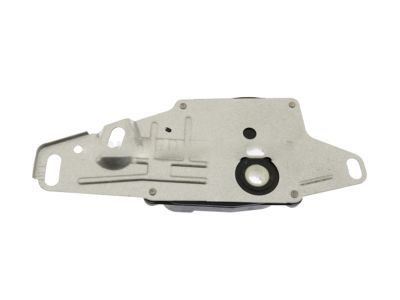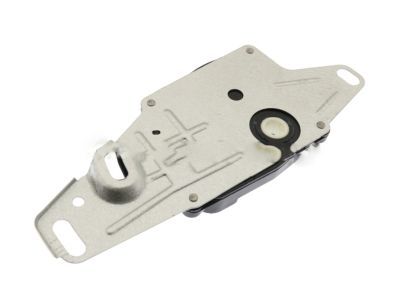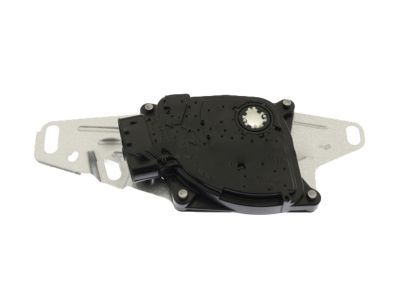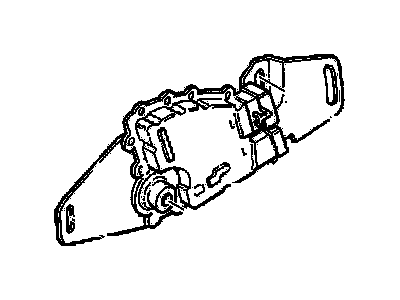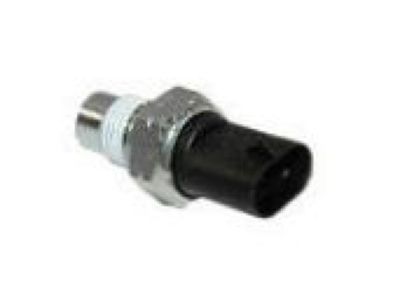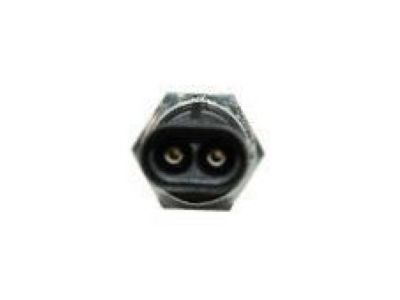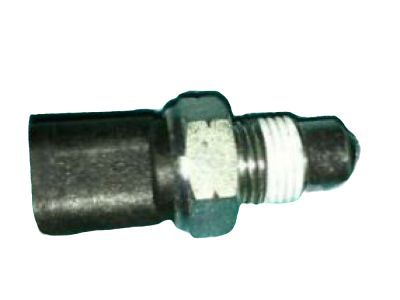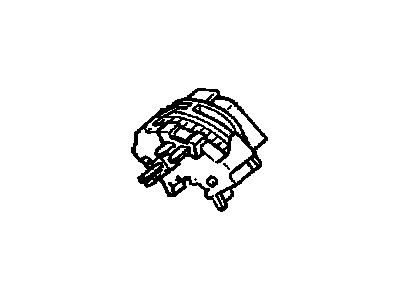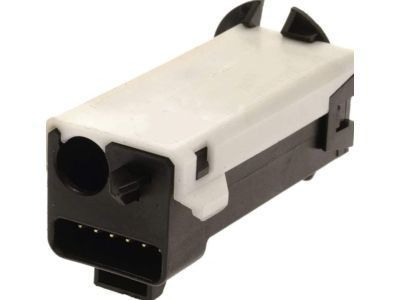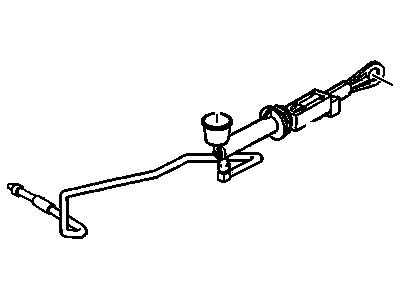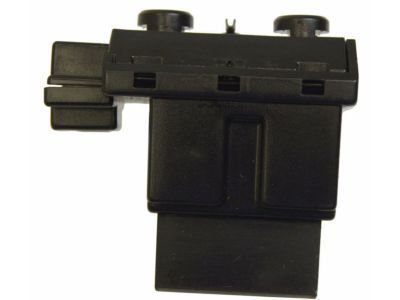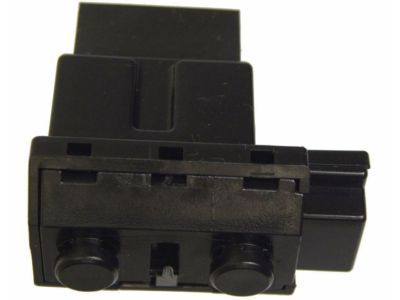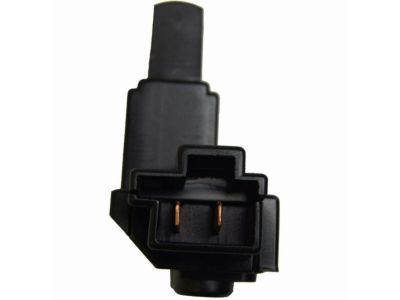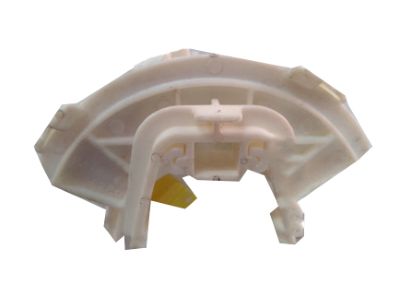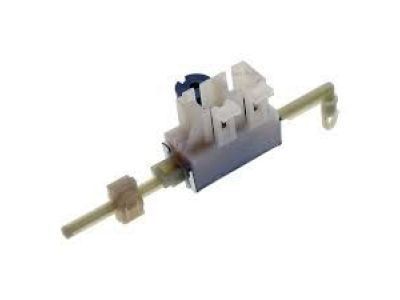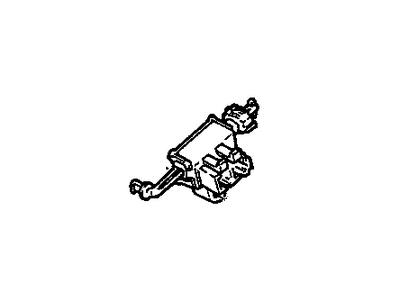
My Garage
My Account
Cart
Genuine Chevrolet Blazer Neutral Safety Switch
Transmission Neutral Safety Switch- Select Vehicle by Model
- Select Vehicle by VIN
Select Vehicle by Model
orMake
Model
Year
Select Vehicle by VIN
For the most accurate results, select vehicle by your VIN (Vehicle Identification Number).
10 Neutral Safety Switches found
Chevrolet Blazer Switch, Parking/Neutral Position & Back Up Lamp
Part Number: 24229422$79.29 MSRP: $130.34You Save: $51.05 (40%)Chevrolet Blazer Switch, Parking/Neutral Position & Back Up Lamp
Part Number: 24221125$86.46 MSRP: $147.85You Save: $61.39 (42%)Ships in 1-2 Business DaysChevrolet Blazer Switch Asm, Parking/Neutral Position & Back Up Lamp
Part Number: 19152823$14.12 MSRP: $34.18You Save: $20.06 (59%)Chevrolet Blazer Switch,Clutch Pedal Position
Part Number: 15027967$51.94 MSRP: $97.33You Save: $45.39 (47%)Ships in 1-2 Business DaysChevrolet Blazer Switch,Manual Transmission Clutch Start
Part Number: 14094368$14.84 MSRP: $24.54You Save: $9.70 (40%)Ships in 1-2 Business DaysChevrolet Blazer Switch Assembly, Parking Position
Part Number: 23190137$26.56 MSRP: $43.97You Save: $17.41 (40%)Ships in 1-2 Business Days
Chevrolet Blazer Neutral Safety Switch
The feature that has been put across in the Chevrolet Blazer automobiles as the Neutral Safety Switch is an important safety device whose purpose is to ensure that the engine will not fire unless the transmission is in the neutral or park. By doing this, shifting ensures that car does not move when starting, a factor that increases safety in car to the driver and other passengers. Several types of Neutral Safety Switches have been used in the Blazer through the years with the primary application being the same, however, possibly fashioned or mounted in a dissimilar way. Such differences may be as a result of improvement in technology or alteration in design of the vehicle but all serve the purpose of preventing movement of vehicles during starting up.
Each OEM Chevrolet Blazer Neutral Safety Switch we offer is competitively priced and comes with the assurance of the manufacturer's warranty for the part. Furthermore, we guarantee the speedy delivery of your orders right to your doorstep. Our hassle-free return policy is also in place for your peace of mind.
Chevrolet Blazer Neutral Safety Switch Parts Questions & Experts Answers
- Q: How to check and replace the Neutral Safety Switch on Chevrolet Blazer?A:As of 1995 models, this switch makes sure your engine can only start when you have it either in Park or Neutral. Additionally, it completes the circuit connecting your backup lights when you switch to Reverse. When you start the engine and it's not in Park or Neutral, the switch that controls this needs either readjusting or replacing. Glue the safety stand under the car and disconnect the power wire from the control switch. When the key is off, look for current flowing between the switch terminals: there should be connection when the shift lever is in Park or Neutral and no connection in other positions, except for connection to the back-up lights while Reverse is chosen. When the switch shows problems, adjust it first and try again. If the switch keeps failing tests, you must replace it. Before taking off the shift control switch, apply the parking brake and put the transmission into neutral. Cut power from the vehicle, lift it onto jack stands, disconnect the battery's negative end, remove the shaft nut, unplug the electrical connection, unscrew the mounting bolts, and pull the switch off the shaft using care. To put the switch in, follow the manufacturer's guide to adjust it with their special tool. Make sure the detents match the tool's points and the locator pin is right where it should be. Before putting the switch on the shaft, clean away any rough edges and smooth them with a file. Then center the switch's flat sides over the shaft's flat sides, place it on, and slide until the mounting bracket's bottom touches the transmission ears. After putting the switch mounting bolts on and tightening them to their needed force, take out the tool for adjustments, and you're done with the installation. Turn everything back around to cut it all loose like you did at the beginning, except fasten the handle's holding nut to the correct tightness.
Related Chevrolet Blazer Parts
Browse by Year
2005 Neutral Safety Switch 2004 Neutral Safety Switch 2003 Neutral Safety Switch 2002 Neutral Safety Switch 2001 Neutral Safety Switch 2000 Neutral Safety Switch 1999 Neutral Safety Switch 1998 Neutral Safety Switch 1997 Neutral Safety Switch 1996 Neutral Safety Switch 1995 Neutral Safety Switch 1994 Neutral Safety Switch 1993 Neutral Safety Switch 1992 Neutral Safety Switch 1991 Neutral Safety Switch 1990 Neutral Safety Switch 1989 Neutral Safety Switch 1988 Neutral Safety Switch 1987 Neutral Safety Switch 1986 Neutral Safety Switch 1985 Neutral Safety Switch
